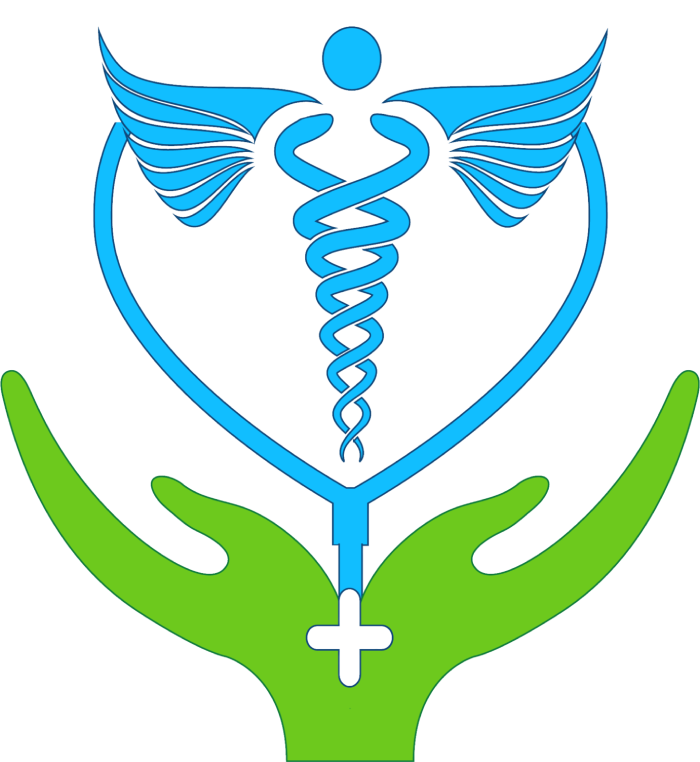
Anesthesiology and Reanimation in Turkey
Anesthesiology and reanimation is a medical profession that decides to apply anesthesia to patients to prevent them from experiencing any pain or sensation during a surgical procedure. Prior to the surgical procedure, the anesthesiologist evaluates the patient in order to determine the patient's medical history and decides which type of anesthesia will be applied to them. Anesthesiologists in Turkey are experienced professionals who can take full initiative and responsibility. In any surgical procedure, Turkish anesthesiologists are able to perform with precision and ensure a safe operation from the beginning to the end.
What does Anesthesiology Field Do?
The anesthesiology and reanimation field takes up preoperative evaluation, consultation, and preparation of the patient for the application of anesthesia and to inform the patient, the patient's relatives, or the people who will make decisions about the patient and about the anesthesia options, risks, and possible complications. The field is also responsible for giving the patient the appropriate anesthesia before the operation and ensuring that they are put to sleep safely. The anesthesiologists are also responsible for helping the patient to be positioned appropriately for the surgical intervention and to ensure the patency and continuity of the air and vascular access in patients undergoing anesthesia. They monitor the vital functions of the patient during the operation and relieve pain and maintain critical functions during surgical procedures. Anesthesiologists are in charge of meeting the fluid and blood needs during the surgery through vascular access and preventing heat loss. The operatives measure the physiological parameters of the patient from the beginning to the end of anesthesia and keep the necessary records for the epicrisis report. The ending of the anesthesia process is also a vital responsibility of the anesthesiologists. At the end of the operation, they reanimate the patient and transfer the patient to the intensive care room, if need be. They evaluate the patients who are awakened and take them to the service and make the necessary debriefs in terms of cardiovascular, respiratory, consciousness status, and possible complications related to anesthesia. Anesthesiologists apply all respiratory treatment methods by evaluating the heart and respiratory functions of the patients. They have the patients wear a breathing tube that interferes and prevents cardiac and respiratory arrests if the situation arises. They are liable for the follow-up and treatment of patients who are in critical condition, vegetative, or injured in the intensive care unit. Anesthesiologists also diagnose and treat chronic pain lasting more than six months in pain clinics and consult with related professionals when necessary.
What are the Types of Anesthesia?
There are essentially 4 types of anesthesia that are applied for surgical and examination procedures. There is general anesthesia, local anesthesia, regional anesthesia, and sedation. These procedures are applied according to the type of operation that the patient has to undergo.
General Anesthesia in Turkey
General anesthesia, which is mostly applied before operations that are planned to take a prolonged time, could be defined as the process of numbing the entire body of the patient. The purpose of general anesthesia, which provides a reversible loss of consciousness and desensitization to pain, is that the patient loses consciousness and does not feel any pain during the operation. Before the operation, the person is informed about the anesthesia and the method is applied after the patient is evaluated. Before the application of anesthesia, the person is monitored thoroughly. General anesthesia is administered by intravenous injection, also known as TIVA, and/or inhalation breathing (VIMA). Inhaled volatile drugs are defined as volatile anesthetics. They enter the bloodstream from the lung. General anesthesia is mostly performed with a combination of both methods and is a method that protects the patient during the surgical procedure. The above-mentioned type of anesthesia is also known as balanced anesthesia. The anesthesiologist lines themselves with the patient's head throughout the operation and monitors the health status of the person. The anesthesiologist reduces or increases the amount of medication depending on the situation. After the patient is given general anesthesia, the person goes into a deep sleep and does not feel any pain, and to keep it simple, does not feel anything at all. The next step is that the anesthetist intubates the patient by administering muscle relaxants. With the help of intubation, the patient is connected to the anesthesia device and starts artificial respiration. The level of pressure in the airway, the amount of carbon dioxide exhaled from the body, the amount of oxygen taken and given, and the anesthetic drugs in the person's body are constantly monitored. General anesthesia consists of three phases. Mainly listed as induction, (starting the administration of anesthesia), maintenance (continuation of anesthesia), and recovery (waking up, and exiting from anesthesia).
Local Anesthesia in Turkey
Local anesthesia is a type of anesthesia in which only a certain area of the body is anesthetized. The anesthetics that are injected are mostly subcutaneously and only the nerve sensations in that area are neutralized. The patient is conscious, but the patient does not feel general pain or pain in the operated area. Local anesthesia is mostly used in small applications such as eye, ear, nose, throat, shoulder, arm, skin, peripheral blood vessel surgery, and dentistry.
Regional Anesthesia in Turkey
Although regional anesthesia is similar to local anesthesia it is applied to numb larger areas. Regional anesthesia is widely used in certain types of surgery related to orthopedics and urology departments, especially obstetrics, and is performed for the implementation of regional surgeries such as arm, leg and groin. There are types such as spinal, epidural, and combined spinal epidural anesthesia.
Sedation in Turkey
Sedation can also be defined as the state of sleep. It is applied to reduce the patient's anxiety before the operation. Before the patient is taken to the operating room, the drug given intravenously allows the patient to suppress their excitement and relax their body. Depending on the dose of the drug, the patient may fall asleep until they enter the operating room. Sedation can also be applied to relax the patient before procedures such as colonoscopy, endoscopy, and dental surgeries.



